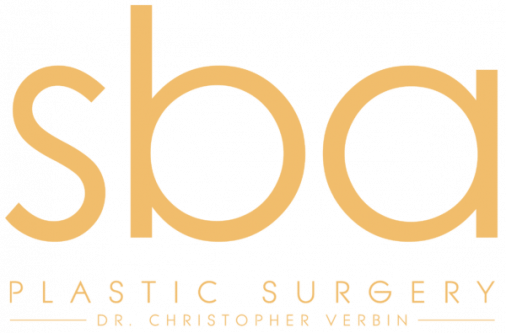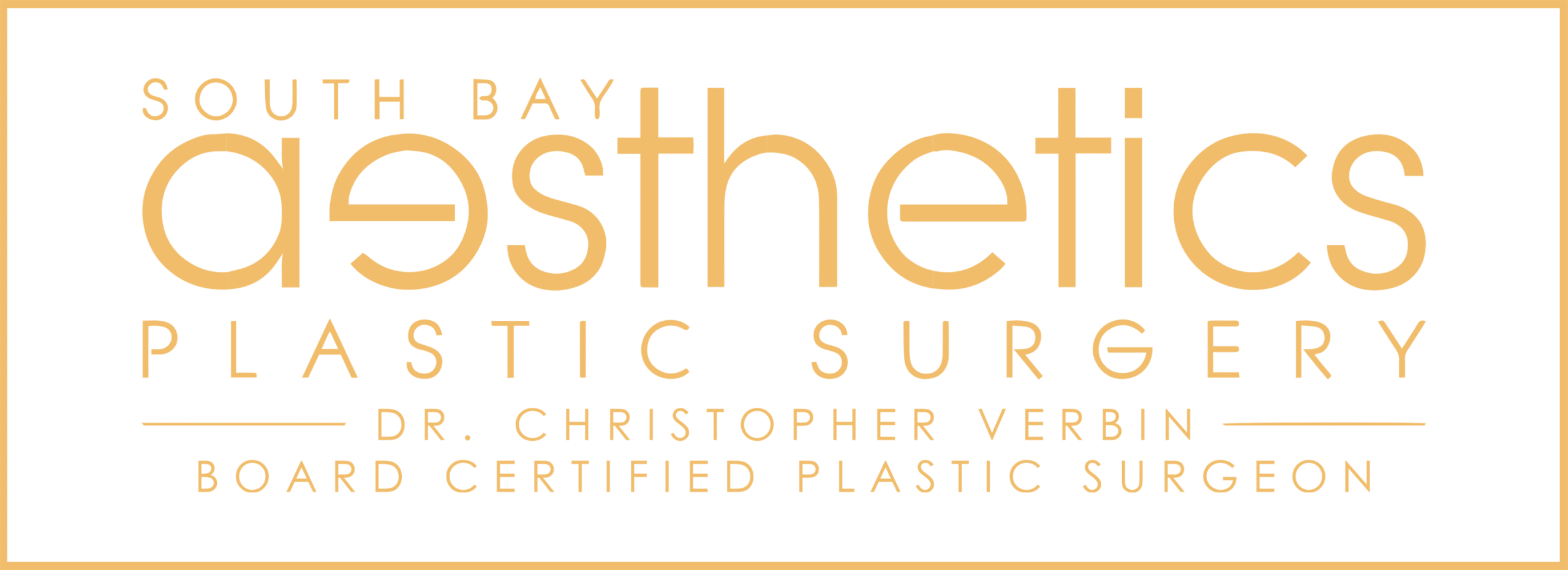Your own fat may be harvested from a region of your body and used for filling regions of your face or body.
Fat grafting is utilized in many regions of the face:*
- The eyebrows can be filled centrally and laterally.
- The central cheek often gets hollowed, including the eyelid-cheek junction (tear trough). Adding volume here restores the youthful contour of your cheek.
- The central and lateral cheek can be augmented, lifting the cheek and accentuating to the cheekbones (or malar eminence).
- The nasolabial folds (the crease running from the corner of the nose down to the outside of the mouth).
- Upper and lower lips.
- Lower corner of the mouth and marionette lines.
- The chin and angle of the jaw.
- Wrinkles.
- Top of the hands, depressions in the extremities and torso and the buttock (Brazilian Lift).
The most commonly asked question is, “Does it last, or is it permanent?” Many people presume that fat is not a permanent filler. Some fat lasts and what survives is permanent, however, the amount of fat that is transferred or grafted to a new area and survives can be variable. In certain situations, very little fat can survive and in other situations, there can be good retention of fat grafts and little need to re-graft.*
What we are doing is taking living fat cells from an area of the body and placing them in a new area of the body. They then acquire a blood supply and living environment in which to continue on. We can use the analogy of a skin graft to understand this better. When a thin layer of skin is grafted onto another area of the body that has a good blood supply, we routinely get excellent graft survival with 90 to 100% of the skin surviving. Skin is a very hardy tissue and an extremely reliable graft. People frequently receive bone grafts as well. Bone is used for sinus lifts and grafting for dental implants as well as to fill fractures and create new bone. Bone is another media, which does fairly well. Fat is a much more fickle tissue. It is not as hardy as bone or skin, or even muscle.*
The method and nature of transplanting fat can influence its survival. Also, I have found that the area which it is grafted into, the recipient bed, influences the survival of the grafts. When performing this technique, fat is gently removed, rinsed and immediately grafted back into your own body. Special blunt fat grafting needles are utilized to lay down micrografts in multiple small passes (like many fine toothpick strands) to achieve the optimal blood supply for the fat to survive. Multiple small channel grafts are created at multiple levels to the maximal tissue tolerance that is allowable, beyond which one could get clumping of the grafts with graft failure, nodules, palpability or visibility. This is uncommon. However, there is always a risk when we are doing fat grafting anywhere in the body. I have found that certain areas of the face and body tend to have better graft survival. No one is certain why survival varies. I have found that the upper face and cheeks have better ultimate graft take and survival.*
What will you look like after this procedure? Because we anticipate that 50 – 80% of our grafts will dissolve (not survive), we over-graft the area so that the volume we put in for a given area is in excess of what we eventually want to be there. The access sites from where we harvest and graft the fat are extremely small needle holes are virtually invisible once completely healed.*
Do you have questions about fat grafting? Call us at 310-539-6500 or email us at info@southbayaesthetics.com.
*Disclaimer: Results may vary based patients’ specific situation.

